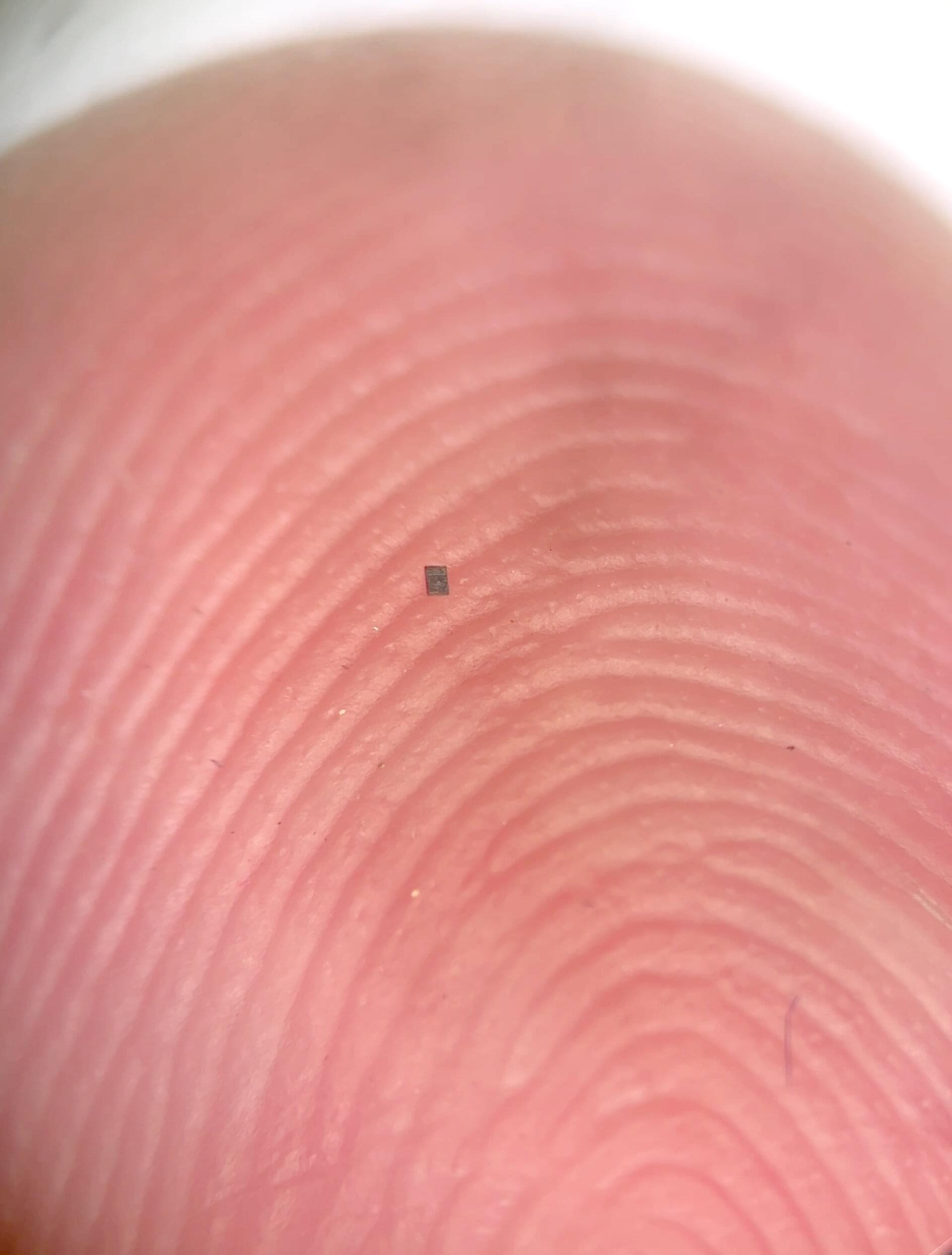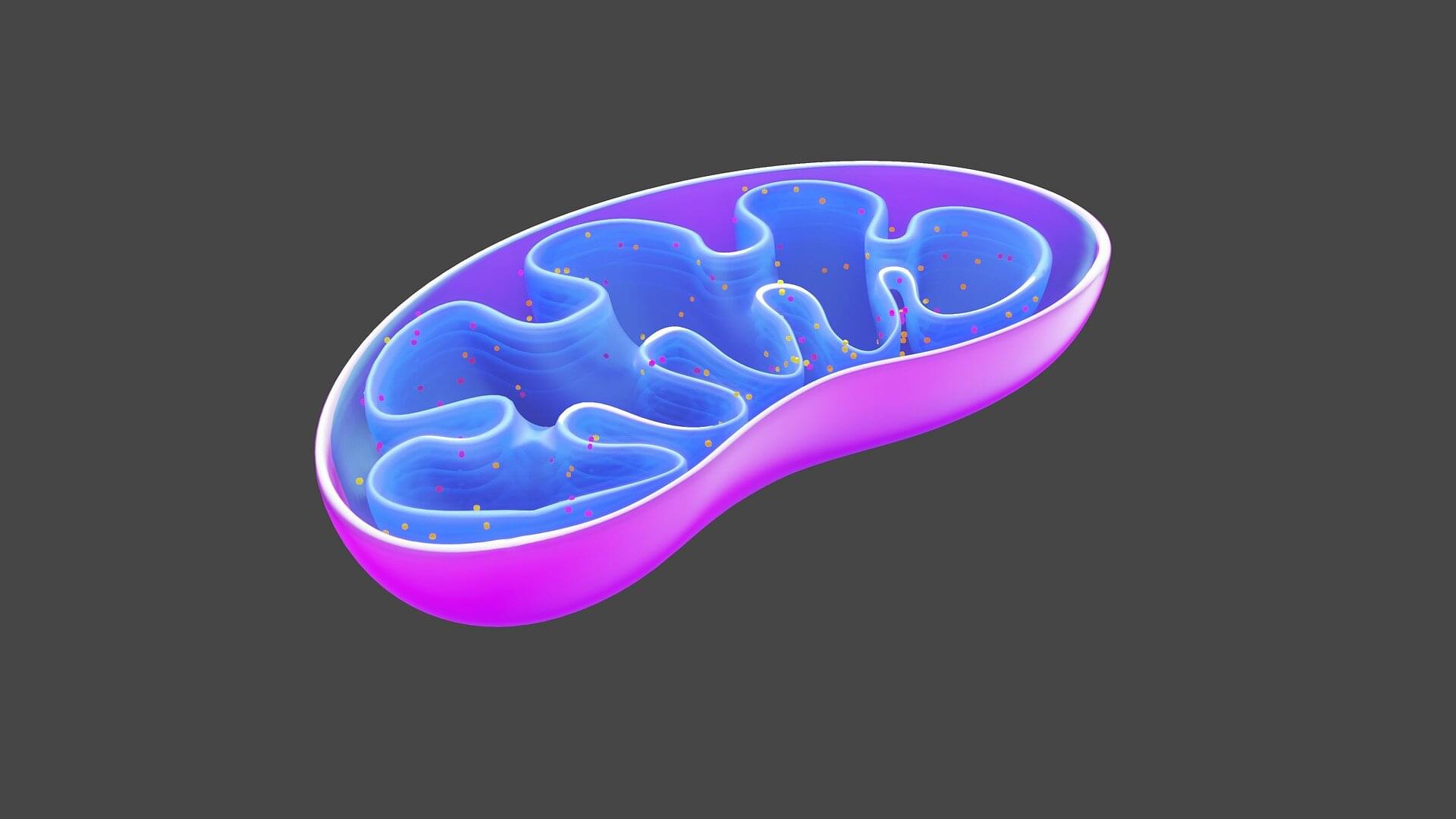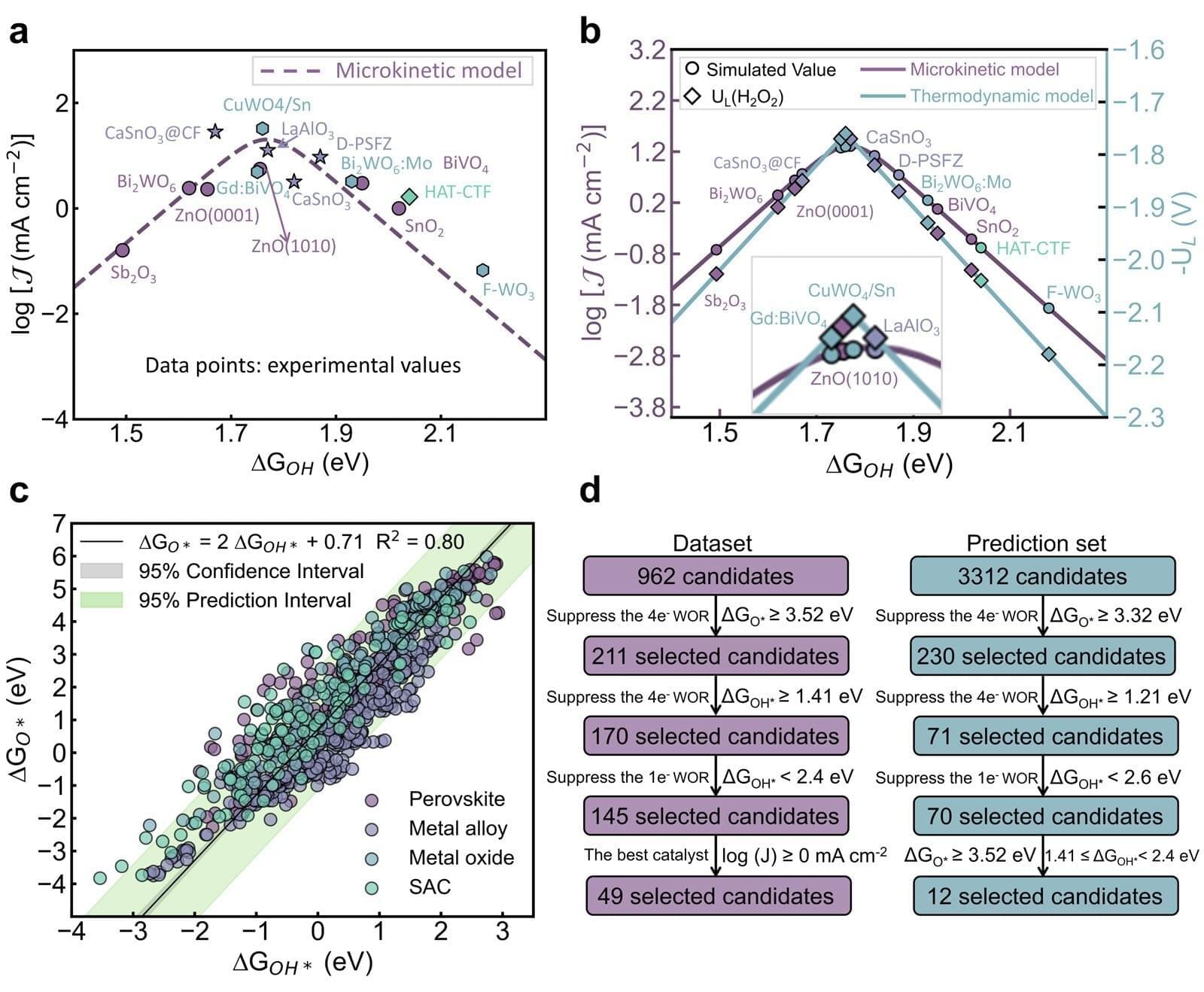Imaging technology has transformed how we observe the universe—from mapping distant galaxies with radio telescope arrays to unlocking microscopic details inside living cells. Yet despite decades of innovation, a fundamental barrier has persisted: capturing high-resolution, wide-field images at optical wavelengths without cumbersome lenses or strict alignment constraints.
A new study by Guoan Zheng, a biomedical engineering professor and the director of the UConn Center for Biomedical and Bioengineering Innovation (CBBI), and his research team at the UConn College of Engineering, was published in Nature Communications, introducing a breakthrough solution that could redefine optical imaging across science, medicine, and industry.
“At the heart of this breakthrough is a longstanding technical problem,” said Zheng. “Synthetic aperture imaging—the method that allowed the Event Horizon Telescope to image a black hole—works by coherently combining measurements from multiple separated sensors to simulate a much larger imaging aperture.”








